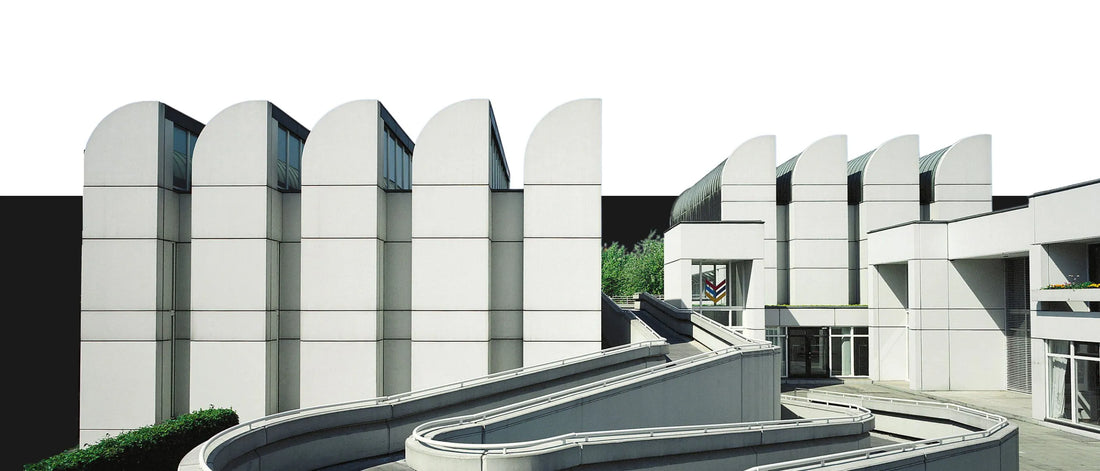
The Evolution and Global Influence of Bauhaus
The history of modern architecture is inseparable from the Bauhaus, a movement that redefined the fundamental principles of architectural design and approach. Founded in 1919 by Walter Gropius, the Bauhaus quickly established itself as a laboratory for innovative ideas, combining art, craft, and technology to create a new functionalist aesthetic. This article explores the evolution of Bauhaus architecture, from its initial principles to its enduring international impact.
The Beginnings of Bauhaus Architecture
The Bauhaus emerged in post-war Germany, with the ambition of reconciling traditional art and modern industry. Founded in Weimar, the school immediately began experimenting with new architectural forms and methods, under the visionary leadership of Walter Gropius.
Bauhaus Architectural Principles
At the heart of the Bauhaus approach were principles such as the unity of art, craft and technology, as well as the pursuit of functionality and simplicity. These ideals influenced every aspect of architectural design, from urban planning to construction details.
The Bauhaus Building in Dessau
One of the most famous symbols of Bauhaus architecture is the Bauhaus building in Dessau, designed by Walter Gropius in 1925. This iconic building embodies the principles of transparency, functionality and adaptation to modern needs, with its innovative use of materials such as concrete and glass.
Ludwig Mies van der Rohe and the Evolution of Bauhaus Architecture
After Gropius, Ludwig Mies van der Rohe led the Bauhaus from 1930 until its closure in 1933. Under his leadership, the school adopted a more minimalist aesthetic, characterized by the use of steel and glass structures, foreshadowing the International Style that would dominate modern architecture.
The Masters' Houses
Another important aspect of Bauhaus architecture is represented by the masters' houses, designed for the school's teachers. These houses were architectural experiments in miniature, incorporating functional and aesthetic innovations that influenced the development of modern housing.
Contributions of other Bauhaus Architects
Besides Gropius and Mies van der Rohe, other Bauhaus architects left their mark, such as Marcel Breuer with his tubular steel furniture and Hannes Meyer with his workers' housing projects focused on social and economic functionality.
The International Impact of Bauhaus
The influence of the Bauhaus quickly spread beyond Germany, inspiring architects and designers around the world. Its rationalist design principles and educational methods were adopted and adapted in many countries, shaping the global architectural landscape.
Legacy and Continuing Influence
The legacy of the Bauhaus is still evident today in schools of architecture and design that continue to promote its ideals of innovation, functionality and experimentation. Its integrated approach to art, craft and technology remains a source of inspiration for contemporary architects.
Conclusion
By revolutionizing traditional standards of architectural design, Bauhaus laid the foundation for modern architecture and influenced generations of architects around the world. Its impact continues to be felt in every structure that embraces the simplicity, functionality, and clean aesthetics that Bauhaus so passionately championed.
Bibliography and Sources
- Droste, Magdalena. Bauhaus 1919-1933 . Taschen, 2002.
- Gropius, Walter. The New Architecture and the Bauhaus . MIT Press, 1965.
- Whitford, Frank. Bauhaus . Thames & Hudson, 1984.
- Wick, Rainer K. Teaching at the Bauhaus . Hatje Cantz, 2000.




